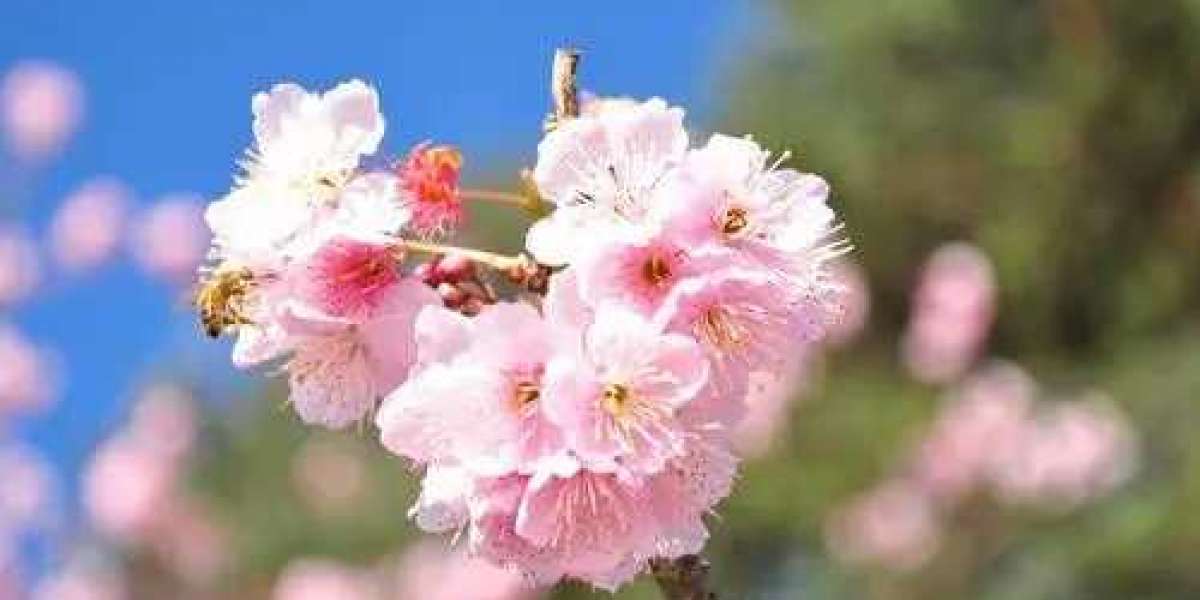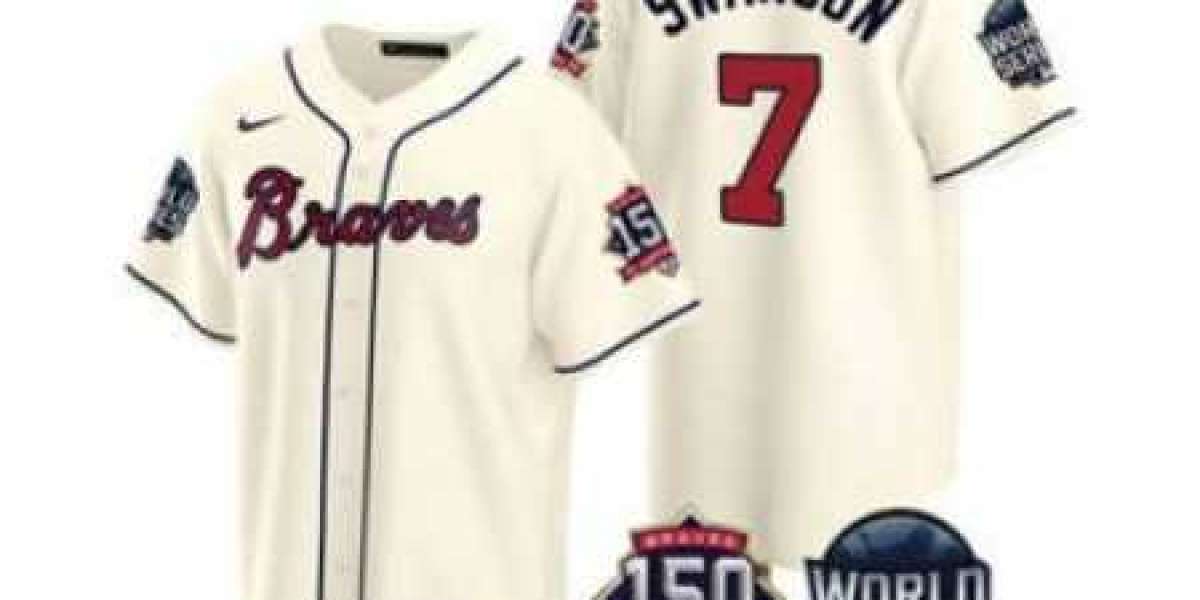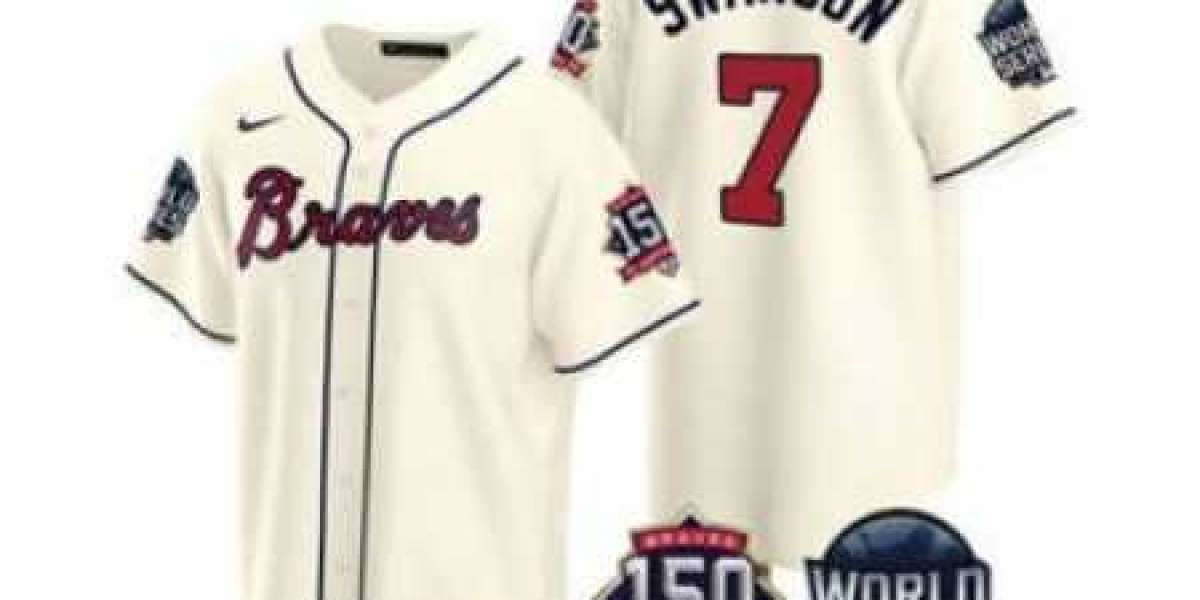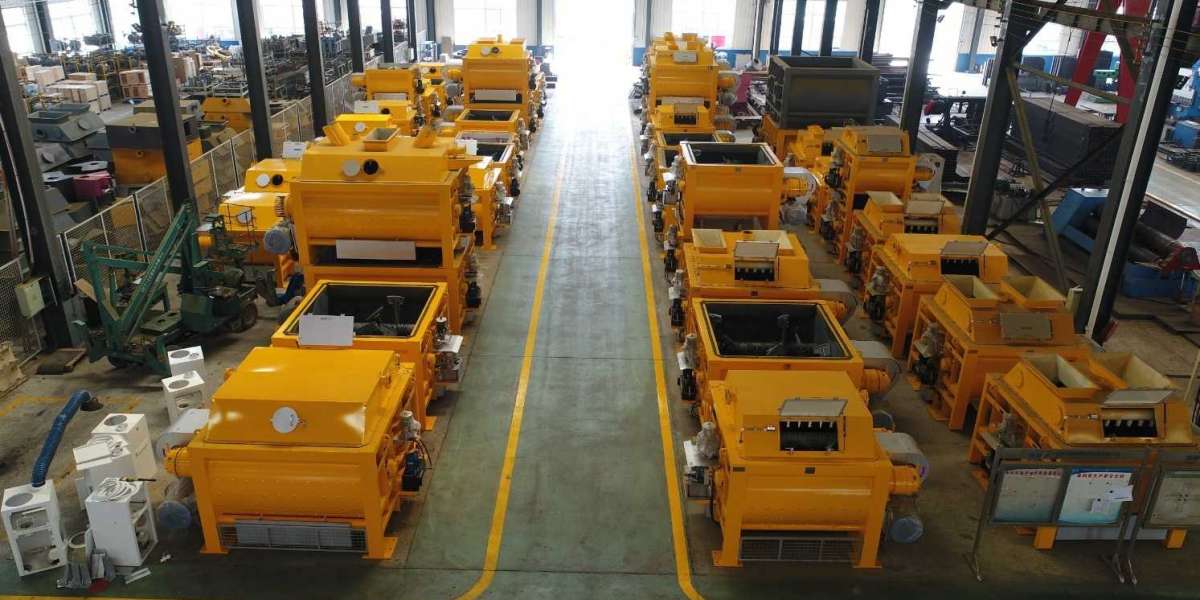The best knife sharpeners – and how to use them
A knife is arguably the most important tool in the kitchen, but it's essential that the blade is sharp. When blunt, you have less control and are more likely to see the knife slide off the food, thereby making cooking a more hazardous process.
You've acquired a chef's knife, you're using it almost daily to make tasty dinners for the family, and it's stored in a nice knife rack or a magnet for safekeeping. So why stop there? Keeping that knife's edge fine will make cooking not only safer but, let's face it, much more fun. Whether you've spent £150 on a high-end knife or under a tenner on a dinky paring knife, keeping it sharp is crucial.
Why, then, do so many of us shy away from the task? To put it bluntly, it's because it's a rather daunting process for the beginner. Your image of knife sharpening may consist of a hyper-masculine chef slashing away violently at a steel rod (we're looking at you, Gordon). Conversely, you might have seen cooks meticulously and methodically stroking their blade up and down a Japanese waterstone with more intricate attention to detail than a Flemish landscape painting.
Fear not, however, because it's not as complicated as it looks. In this review, we'll break down the most common techniques and advise on the best knife sharpeners to give your blade a shiny edge.
Whichever method you choose, be it a waterstone (also known as a whetstone), or a pull-through (either V-shaped or ceramic wheels) it's important to regularly hone your knife with a honing steel, which we'll also cover below. You'll be pleased to hear that you won't have to reach for the stones too regularly – once every two or three months should suffice.
The basic concept of sharpening is simple – you're using an abrasive edge to remove metal – but the knife you buy may alter the method you should use. A general rule of thumb is that a waterstone can be used for both Japanese- and Western-style blades, but you should avoid pull-through sharpeners for Japanese knives (or any knife with very brittle blades).
Waterstones do require practice – it's a bit of faff, in all honesty, though rather therapeutic once you get the hang of it – but they'll keep your knife in tip-top condition, so it's worth the extra effort. If you're worried you're doing it wrong, look up your local knife manufacturer or kitchen shop, as many will offer sharpening classes.
Professional knife sharpening (who and what you need to know)
I recently realized just how incredibly dull my kitchen knives had become. Not only were they not cutting like they used to, but I could visibly see that there was no real edge left. I knew that I could use my honing rod all I wanted, but that it wouldn’t get me that nice edge back. So, I started searching for a professional knife sharpening in Denver and Boulder.
I didn’t want to go to the mall or some big store. Instead, I was hoping to find someone out there that was passionate about knives and keeping them sharp. Someone that has an eye for blades like I do for how a bespoke suit should fit.
On a warm Tuesday afternoon, he picked up my sad looking knives and promised to sharpen them by the end of the week. Suffice it to say, Jeff overdelivered. When he returned my knives, I couldn’t believe how sharp they were. Suddenly, my knives were doing all the work again, just like they should be.
In the brief amount of time that he and I spoke in person, I realized that there is a lot more to knife sharpening than we all think. Consequently, I knew it would make for a great article.
So, I sat down with Jeff and asked him some questions about sharpening. I think you’ll see that he overdelivered again.
Don’t cut on anything that is not a cutting board.
Decorative glass cutting boards are not cutting boards. They will dull your knife as soon as the knife makes contact.
Most plates are made of ceramics or glass or some other substance that is harder than your kitchen knives, don’t cut on them except with your steak knife (steak knives should be serrated).
If you ding your knife on your granite kitchen counter, you have likely dulled the contact spot.)








